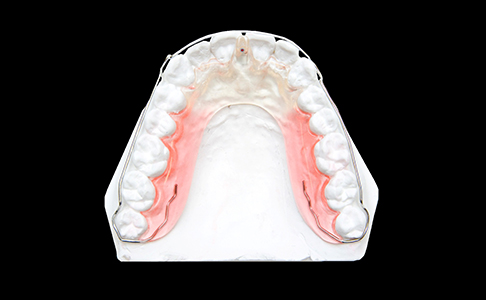TMJ Therapy – Las Vegas, NV
Find the Source of Jaw Pain and Headaches
Your TMJ is the joint that lets you move your lower jaw; you may be able to feel it if you place your fingers right underneath each ear and open your mouth. Like any joint, the TMJ can become misaligned or injured, resulting in very painful symptoms and possibly limited mobility. Instead of treating the symptoms, we can address the source of your pain. Call Rose Cosmetic & Family Dentistry today to start getting the relief you deserve with TMJ therapy in Las Vegas, NV.
Why Choose Rose Cosmetic & Family Dentistry for TMJ Therapy?
-
State of the Art
Technology for Diagnoses -
Experienced,
Caring Dentist -
Same-Day Emergency
Dental Appointments
What is TMJ?

“TMJ” is short for “temporomandibular joint” while “TMD” is short for “TMJ disorder.” The TMJ is one of the most complex joints in the body, and as a result, it can become stressed, strained, or injured due to a wide variety of factors. If you develop a TMD, you might notice symptoms such as a stiff and painful jaw, frequent headaches or earaches, nighttime teeth grinding, and pain throughout the neck, shoulders, and back. A possible TMD should be diagnosed and treated before it becomes severe.
Equilibration / Occlusal Adjustments

When the teeth don’t come together correctly, your TMJ might be exposed to more pressure and stress than it’s designed to handle. We can correct this problem by reshaping your teeth so that they close evenly, thus allowing the jaw and the nearby muscles to function properly and reduce pain. Reshaping the teeth can mean one of two things: placing dental crowns to make them wider or taller, or removing enamel to make them smaller.
Occlusal Splints

Occlusal splints are used to slightly reposition the jaw to help it find a “new” resting position. This will take some of the pressure off your TMJ, allowing it to rest and recover. Some people only need to wear their occlusal splint to bed for three months until the jaw adjusts to its new position. In other cases, though, you might have to wear the splint continuously to maintain the results. An occlusal splint can also act as a protective barrier that stops you from grinding your teeth, which is a common side effect of TMD.
I Need a Checkup & Cleaning I Need a Dentist for My Child I am Concerned About Bleeding Gums I Have a Cavity or Broken Tooth I am Missing One or More Teeth I Want to Enhance My Smile I Want a Straighter Smile I am Scared of the Dentist I am in Pain & Need Help I Need My Wisdom Teeth Removed View Our Services
